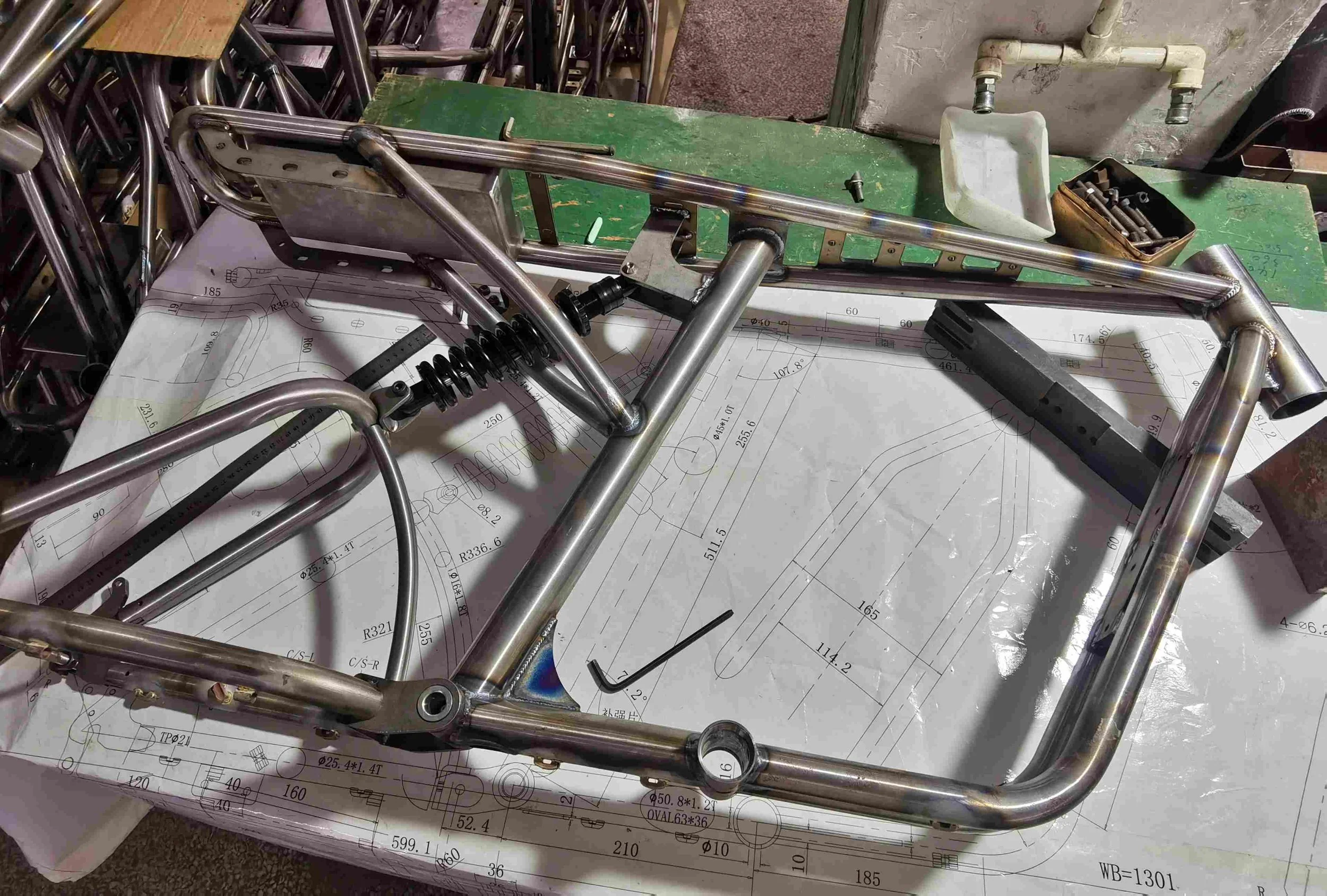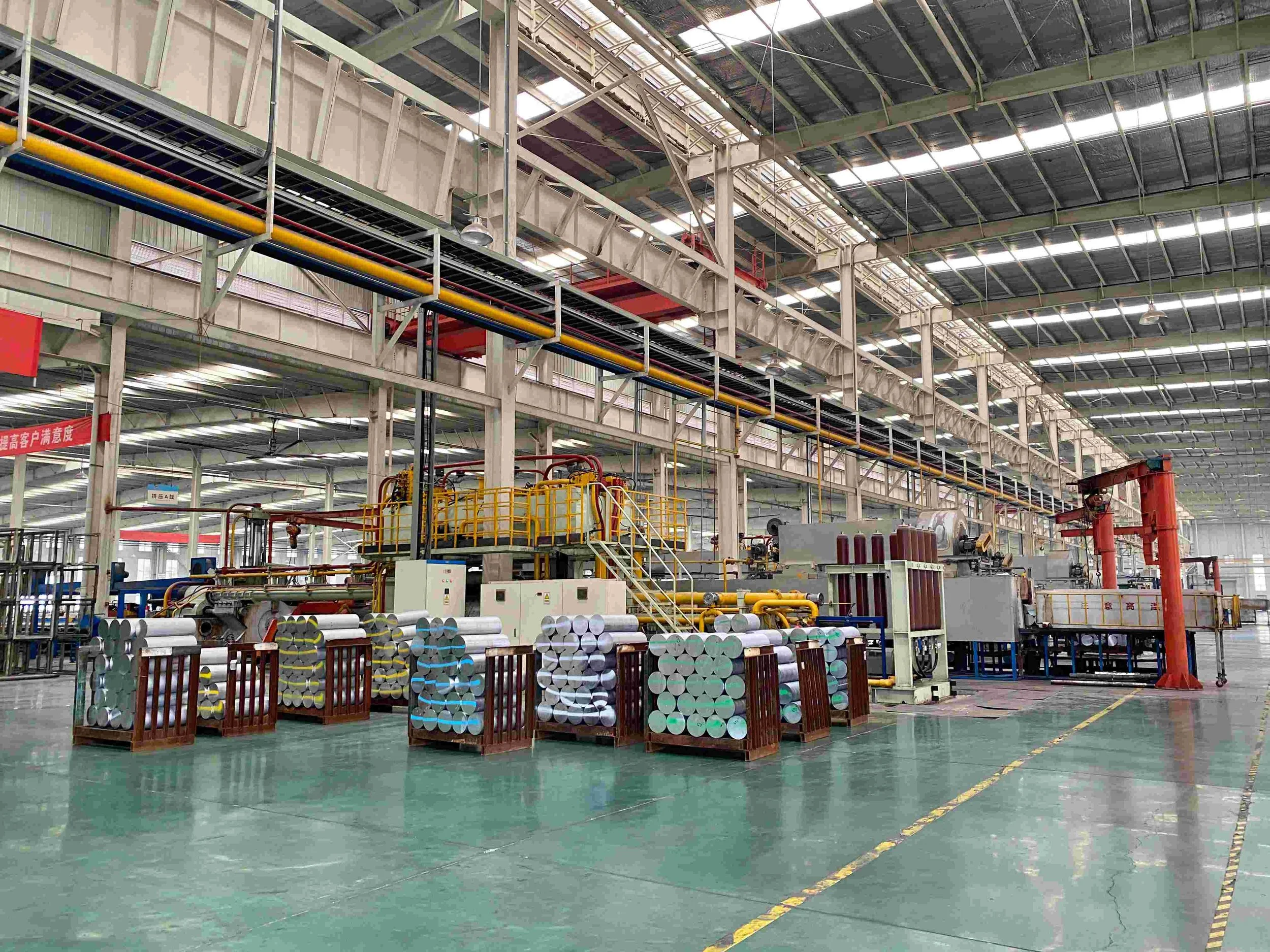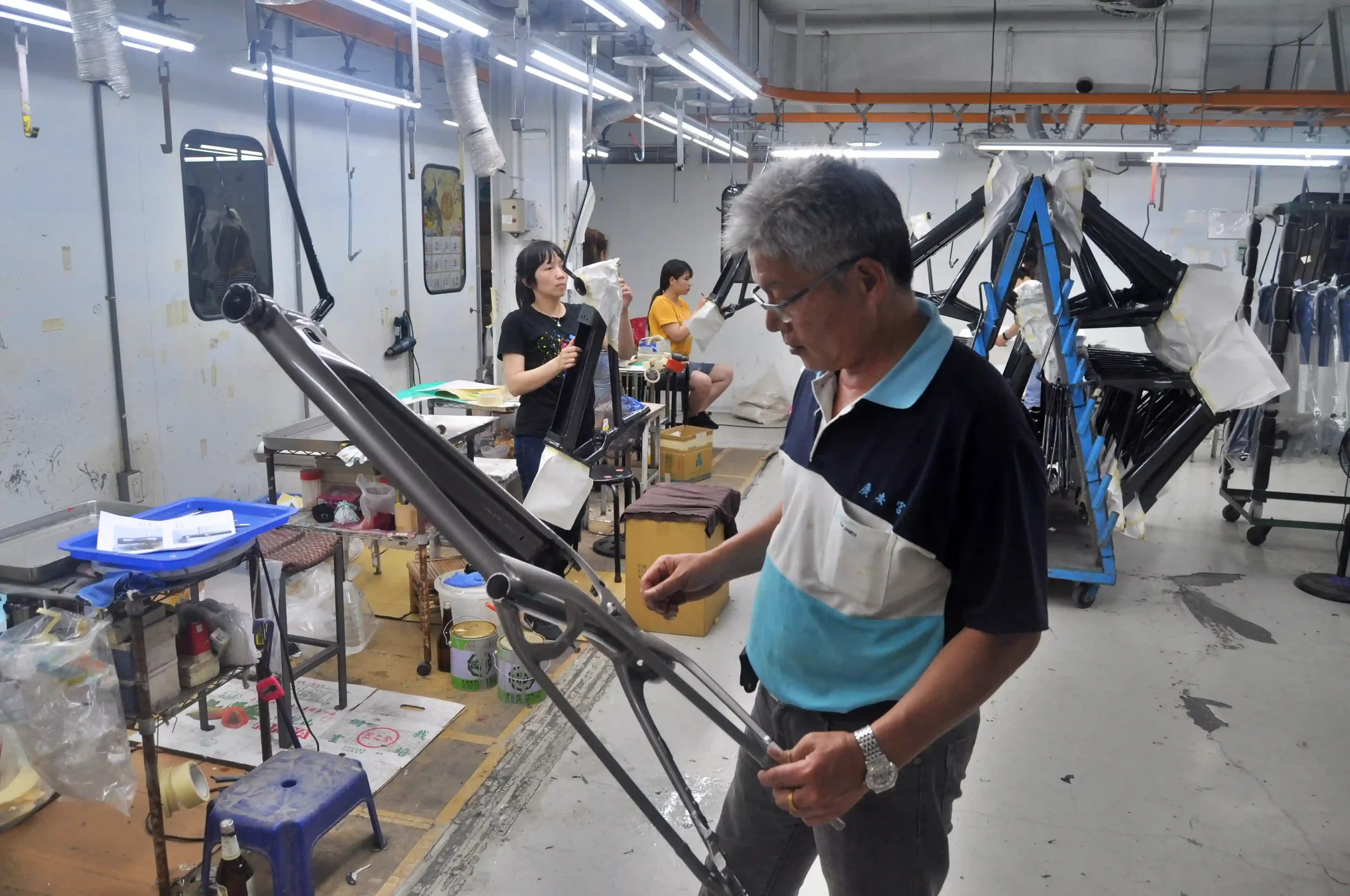5 Things to Expect for the Bike Manufacturing Industry in 2022.
The year of 2021 saw supply chain challenges to the bicycle and electric bike manufacturing industry like never before. Covid-19 caused significant problems for every segment of the value chain, but at the same time, bike production and sales are breaking historical records. Here are 5 things you should you expect to see in the bicycle and e-bike manufacturing industry for 2022.
1. COVID-19 related problems will continue.
The COVID-19 variant Omnicron started unexpectedly at a time when the Europe and American markets were entirely open up again. At the same time, the production centers in China, South Korea, Vietnam, Cambodia, Malaysia, Indonesia – also saw a significant increase in COVID-19 cases.
Until current and future variants of COVID-19 can be contained, the bicycle and e-bike manufacturing industry will continue to be affected by lack of raw materials, production shut down, production delays, long lead times, etc.
2. Production costs will go up.
a. China
With bike manufacturing, China-based producers are actually enjoying a boom due to strong demand from the USA, the main market for Made in China bicycles, electric bikes, e-scooters, motorcycles, electric mopeds, etc. Despite this, cost for raw materials as well as the overhead costs for labor and utilities will inevitably push prices further up in 2022. Keeping the power on due to lack of electricity is already a real problem for the Guangdong Province.
b. Taiwan
Like China, the bike manufacturing industry in Taiwan is also booming. Recent reports in trade journals already reported that Taiwan has already reached a historical milestone in export of e-bikes in 2021. Again, like China, increases in raw materials and overhead costs will cause production prices to go up in 2022.
c. Southeast Asia
Production centers in Vietnam, Thailand, Cambodia, Bangladesh and Indonesia will invetibly see production costs go up due to reliance on frames and components from China and Taiwan. Even the raw materials sourced locally within ASEAN will have considerable increases due to effects of COVID-19.
3. Shipping costs will be heavily dependent upon the status of Covid-19 in Asia, USA, and EU.
The huge hikes in shipping costs seen in 2021 will inevitably continue well into Q2 of 2022 depending on the severity of COVID-19 in the production centers of Asia and the markets of USA and Europe. Eventually, the high shipping costs will gradually reduce back to former levels – with the main issue being how fast can COVID-19 variants be contained worldwide.
4. Continuation of shifting bike production out of China.
The shift of bike production out of China began during the Trump era trade wars, which caused immediate turmoil for many bicycle and e-bike brands in the USA with production in China. The aggressive political stance on China is a seen as a bipartisan effort in the USA, therefore disruptions in trade due to political issues may occur at any point. The same holds for countries that follow the same political stance against China, as seen in trade issues with Australia and Canada. The recent US diplomatic boycott of the 2022 Beijing Winter Olympics for example, will invariably cause more trade sanctions later on in the year.
5. Slow emergence of India and Southeast Asia as a major production bloc for EU and USA.
Manufacturers in India are moving quickly to position themselves as the next production hub for complete bicycles, e-bikes, motorcycles, mopeds, and other e-mobility applications. There have also been significant increases in local investments for frame and component manufacturers. With Southeast Asian countries like Vietnam, Cambodia, Bangladesh, and Indonesia already ahead with significant production volume, rising costs of production in Taiwan coupled with political issues with China will see the region become the main production bloc for EU and USA markets.
What about reshoring of European bicycle and e-bike manufacturing? There will be some impact for sure, given that European mass production caters only to European markets. This will draw some production quantities of complete bikes back to Europe, but still highly reliant upon frames and components produced in Taiwan, China, and Vietnam. Due to their disadvantage with European anti-dumping duties against Made in China bicycles and e-bikes, a number of Chinese manufacturers have already invested in operations in Europe – notably Portugal, Czech Republic, Romania, Bulgaria, and Poland. How this will play out in the near term is insignificant, but the long term prospects of comparing production costs in Europe versus India and Southeast Asia (some of which still have favorable zero duties status) should point to the latter as having the most competitive advantage.











